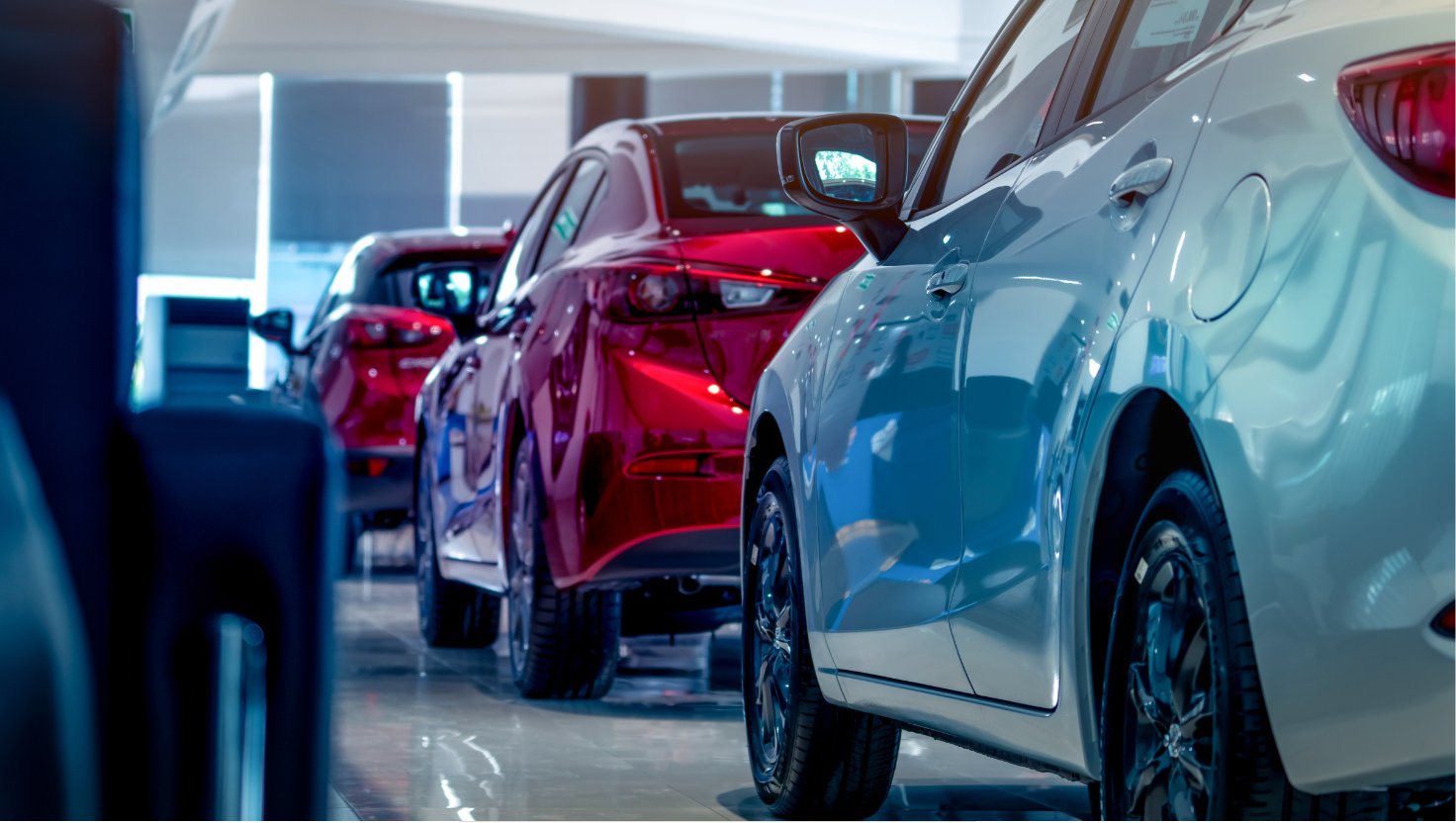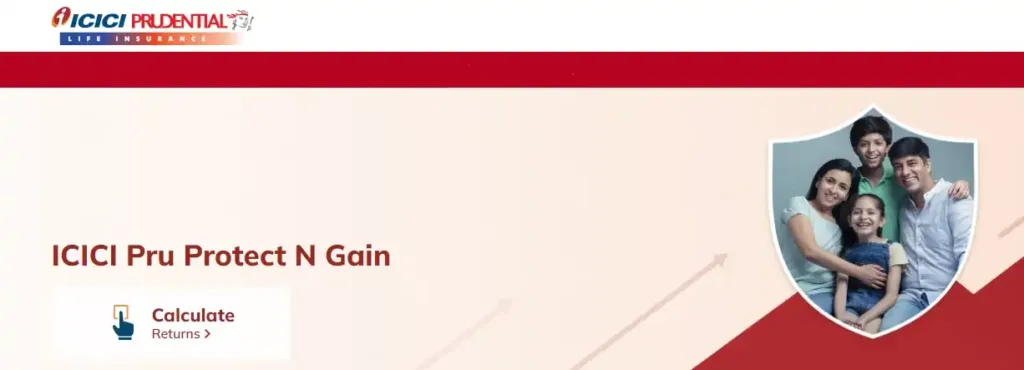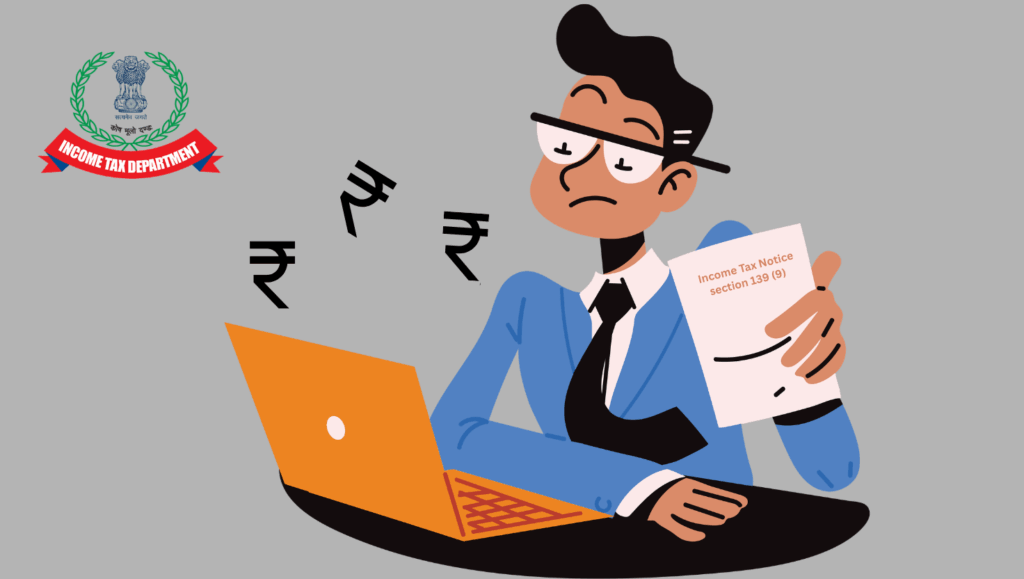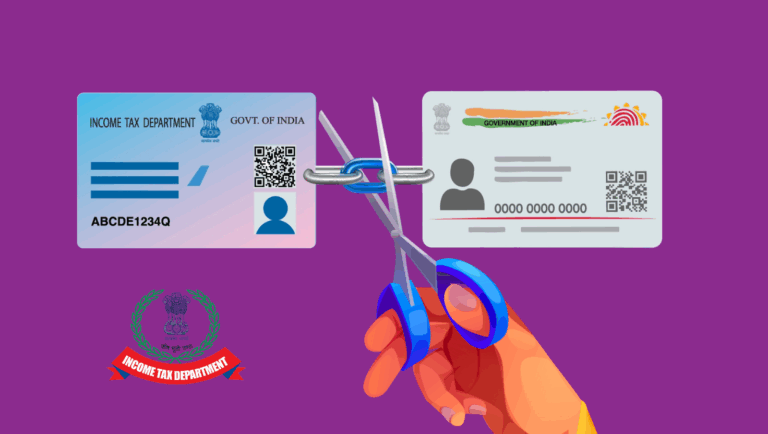
India’s 2025 GST 2.0 reform slashes car prices, making Maruti Alto, Tata Punch, and Hyundai Venue more affordable than ever! With taxes on small cars and compact SUVs dropping to 18%, save up to ₹1.55 lakh this Diwali. Will manufacturers pass on the full benefits?
The 2025 GST reform, officially termed GST 2.0, marks a pivotal moment for India’s automotive industry. Announced as part of a sweeping tax overhaul, this reform simplifies the tax structure and reduces rates for a wide range of vehicles, making car ownership more attainable for millions of Indian families. From the bustling streets of Mumbai to the growing towns of Tamil Nadu, cars are not just a mode of transport but a symbol of aspiration and practicality. With the festive season approaching, particularly Diwali 2025, the timing couldn’t be better for car buyers eyeing affordable hatchbacks, compact SUVs, or even premium vehicles.
Understanding the 2025 GST Reform: A Game-Changer for Car Buyers
On September 22, 2025, the Indian government rolled out GST 2.0, streamlining the Goods and Services Tax (GST) structure into two primary consumer slabs—5% and 18%—with a separate 40% slab for luxury goods and so-called “sin” products. Previously, the automotive sector faced a complex tax regime: a base GST of 28% plus a compensation cess ranging from 1% to 22%, depending on vehicle size, engine capacity, and fuel type. This resulted in effective tax rates of 29% for small cars and up to 50% for larger SUVs and luxury vehicles.
The GST 2.0 reform simplifies this structure, eliminating the compensation cess and introducing the following key changes:
- Small cars (petrol engines up to 1200cc, diesel up to 1500cc, length under 4 meters), motorcycles up to 350cc, and most auto parts: GST reduced from 28–31% to 18%.
- Sub-4-meter SUVs with petrol engines under 1200cc or diesel under 1500cc: GST slashed to 18%.
- Mid-size and large vehicles (over 4 meters or with larger engines): A flat 40% GST, replacing the previous 28% GST plus 15–22% cess.
- Electric vehicles (EVs): Unchanged at 5% GST, reinforcing India’s push for green mobility.
- Hybrids: Small hybrids meeting the sub-4m and engine size criteria benefit from 18% GST, while larger hybrids fall under the 40% slab.
This overhaul, finalized at the 56th GST Council meeting on September 3–4, 2025, aims to boost affordability, simplify compliance for manufacturers, and stimulate demand ahead of the festive season. With an estimated revenue impact of ₹48,000 crore, the government is confident that higher sales volumes will offset the tax cuts.
Small Cars and Hatchbacks: The Biggest Winners
Small hatchbacks have long been the backbone of India’s passenger vehicle market, catering to budget-conscious buyers, young professionals, and urban commuters. However, their market share has dwindled from nearly 50% a decade ago to 23.4% in FY25, driven by rising prices and a shift toward SUVs. The GST 2.0 reform addresses this decline by slashing taxes on small cars, making them more affordable than they’ve been in years.
Price Drop Breakdown: Alto, Swift, Tiago, i20, and More
The most significant savings apply to vehicles with petrol engines up to 1200cc or diesel engines up to 1500cc, and a length not exceeding 4 meters. These models now face an 18% GST, down from 29–31% (28% GST + 1–3% cess). Below is a detailed breakdown of estimated price reductions for popular hatchbacks, based on ex-showroom prices in Delhi as of September 2025:
| Model | Old Price Range (₹ lakh) | Pre-reform GST Rate | New GST Rate | New Price Range (₹ lakh) | Savings (₹) |
| Maruti Suzuki Alto K10 | 4.23–6.21 | 29% | 18% | 3.76–5.53 | 47,000–68,000 |
| Tata Tiago | 5.00–8.55 | 29% | 18% | 4.45–7.61 | 55,000–94,000 |
| Maruti Suzuki Wagon R | 5.79–7.62 | 29% | 18% | 5.15–6.78 | 64,000–84,000 |
| Maruti Suzuki Swift | 6.49–9.65 | 29% | 18% | 5.78–8.59 | 71,000–1,06,000 |
| Hyundai i20 | 7.51–11.25 | 29% | 18% | 6.68–10.01 | 83,000–1,24,000 |
| Hyundai i20 N Line | 9.99–12.56 | 29% | 18% | 8.89–11.18 | 1,10,000–1,38,000 |
| Renault Kwid | 4.70–6.45 | 29% | 18% | 4.18–5.74 | 52,000–71,000 |
| Maruti Suzuki Baleno | 6.66–9.88 | 29% | 18% | 5.93–8.79 | 73,000–1,09,000 |
Note: Prices are approximate, based on ex-showroom Delhi rates, and may vary by state due to road tax differences. Savings are calculated assuming manufacturers pass on the full tax benefit.
These reductions translate to lower on-road prices and reduced EMIs, making models like the Maruti Suzuki Alto K10, Tata Tiago, and Renault Kwid more appealing for first-time buyers. For instance, a Maruti Swift, previously priced at ₹8 lakh on-road, could see a price drop of ₹40,000–60,000, lowering monthly EMIs by approximately ₹1,000–1,200 for a five-year loan.
Why Small Cars Matter in India
Hatchbacks like the Maruti Suzuki Swift and Hyundai i20 are ideal for India’s congested cities, offering fuel efficiency, compact dimensions, and affordability. The Tata Tiago, with its 4-star Global NCAP safety rating, appeals to safety-conscious buyers, while the Renault Kwid competes with its SUV-inspired design. The GST cut is expected to reverse the declining trend in small car sales, encouraging manufacturers like Maruti Suzuki, Hyundai, and Tata Motors to ramp up production and introduce feature-rich variants.
Compact SUVs: Affordable Style Gets a Boost
Compact SUVs, or sub-4-meter SUVs, have surged in popularity in India due to their blend of style, practicality, and higher ground clearance for diverse road conditions. The GST 2.0 reform extends the 18% GST slab to compact SUVs with petrol engines under 1200cc or diesel engines under 1500cc, offering significant relief to this segment.
Who Qualifies: Venue, Sonet, Nexon, Punch, and More
The following compact SUVs qualify for the 18% GST slab, provided they meet the engine and length criteria:
- Hyundai Venue (1.2L petrol variants)
- Kia Sonet (1.2L petrol variants)
- Tata Nexon (1.2L petrol, 1.5L diesel)
- Tata Punch
- Mahindra XUV 3XO (1.2L petrol, 1.5L diesel)
- Maruti Suzuki Fronx
- Toyota Urban Cruiser Taisor
- Nissan Magnite
- Renault Kiger
Notable Exclusion: The Maruti Suzuki Brezza, with its 1.5L petrol engine, falls into the 40% GST slab due to its larger engine size. However, it still benefits from a marginal price reduction compared to its previous 45% effective tax rate (28% GST + 17% cess).
Real-World Price Impact: Savings on Nexon, Punch, Sonet, and Venue
Here’s a breakdown of estimated price reductions for key compact SUVs:
| Model/Variant | Old Price Range (₹ lakh) | Pre-reform GST Rate | New GST Rate | New Price Range (₹ lakh) | Savings (₹) |
| Tata Nexon Petrol | 8.00–14.70 | 29% | 18% | 7.32–13.44 | 68,000–1,26,000 |
| Tata Nexon Diesel | 10.00–15.60 | 31% | 18% | 9.01–14.05 | 99,000–1,55,000 |
| Mahindra XUV 3XO Petrol | 7.99–15.80 | 29% | 18% | 7.31–14.45 | 68,000–1,35,000 |
| Mahindra XUV 3XO Diesel | 9.99–14.99 | 31% | 18% | 9.00–13.50 | 99,000–1,49,000 |
| Hyundai Venue Petrol | 7.94–13.48 | 29% | 18% | 7.27–12.34 | 67,000–1,14,000 |
| Kia Sonet Petrol | 7.99–14.89 | 29% | 18% | 7.31–13.63 | 68,000–1,26,000 |
| Tata Punch | 6.13–10.20 | 29% | 18% | 5.61–9.34 | 52,000–86,000 |
These reductions make compact SUVs like the Tata Punch and Hyundai Venue even more attractive for urban buyers seeking style and affordability. For instance, a Tata Nexon diesel variant, previously taxed at 31%, could see its on-road price drop by up to ₹1.55 lakh, reducing EMIs by approximately ₹2,000–3,000 for a five-year loan.
The Appeal of Compact SUVs in India
Compact SUVs like the Kia Sonet and Mahindra XUV 3XO combine the practicality of hatchbacks with the rugged appeal of larger SUVs, making them ideal for India’s varied road conditions. Their popularity has driven the “SUV-isation” trend, with compact SUVs accounting for a significant portion of passenger vehicle sales. The GST cut is expected to further accelerate this trend, boosting sales for manufacturers like Tata Motors, Hyundai, and Mahindra.
Mid-Size and Luxury Vehicles: Modest but Meaningful Savings
While small cars and compact SUVs see the most dramatic price cuts, mid-size and larger vehicles—those exceeding 4 meters or with petrol engines over 1200cc or diesel over 1500cc—now fall under the 40% GST slab. Previously, these vehicles faced a combined tax burden of 45–50% (28% GST + 17–22% cess). The removal of the cess results in modest price reductions, particularly for premium SUVs and luxury cars.
Key Beneficiaries: Creta, Seltos, XUV700, and Luxury Models
Popular mid-size SUVs and premium vehicles benefiting from the 40% GST slab include:
- Hyundai Creta
- Kia Seltos
- Mahindra XUV700
- Mahindra Scorpio N
- Tata Harrier
- Tata Safari
- Toyota Fortuner
- Luxury models: BMW 5 Series, Mercedes-Benz GLE, Audi Q7, Land Rover Defender
For example, the Hyundai Creta, previously taxed at 43% (28% GST + 15% cess), now faces a 40% GST, resulting in a price drop of approximately ₹55,000–1 lakh. Similarly, a Mahindra XUV700, once taxed at 50% (28% GST + 22% cess), could see savings of up to ₹1.15 lakh, with EMIs reduced by around ₹1,935 for a five-year loan.
Luxury cars, previously taxed at up to 50%, benefit from the simplified 40% slab. A BMW 5 Series, for instance, may become ₹2 lakh cheaper, though the final benefit depends on how much manufacturers pass on to consumers.
Hybrids: A Mixed Bag
Hybrid vehicles face a split outcome. Small hybrids meeting the sub-4m and engine size criteria (e.g., potential future models like a Maruti Suzuki Fronx hybrid) qualify for the 18% GST slab. However, larger hybrids like the Maruti Suzuki Grand Vitara and Toyota Urban Cruiser Hyryder, previously taxed at 43% (28% GST + 15% cess), now fall under the 40% slab, offering marginal relief of about 3%. This contrasts with industry expectations for hybrid incentives, as the government prioritizes pure EVs at 5% GST.
Electric Vehicles: Steady at 5% GST
Electric vehicles (EVs) remain untouched by the GST 2.0 reform, retaining their concessional 5% GST rate across all segments. This ensures that models like the Tata Harrier EV, Mahindra XEV 9e, and imported luxury EVs from Tesla, Mercedes-Benz, and BMW remain competitively priced. Despite earlier speculation that premium EVs (priced above ₹20 lakh) might face an 18% GST, the government’s decision to maintain the 5% rate underscores its commitment to green mobility.
For buyers considering EVs, this stability means no immediate price hikes, making models like the Tata Punch EV and Hyundai Creta EV attractive options. However, the reduced GST on small internal combustion engine (ICE) cars may narrow the price gap between EVs and petrol/diesel models, potentially impacting EV adoption in the short term.
Why Did GST Rates Change? The Bigger Picture
The GST 2.0 reform is driven by several strategic objectives, as outlined by government officials and industry experts:
- Boosting Domestic Demand: Small car sales have declined steadily over the past five years, impacting manufacturers like Maruti Suzuki, which saw its market share drop from over 50% to 40%. Lower taxes aim to revive this segment and stimulate rural and urban demand.
- Simplifying Compliance: The previous GST + cess structure was complex, leading to disputes over vehicle classification based on engine size, length, and ground clearance. The two-slab system (plus a luxury tier) reduces ambiguity and litigation.
- Supporting ‘Make in India’: Lower taxes on small cars and auto parts encourage local manufacturing, benefiting OEMs like Tata Motors, Hyundai, and Mahindra.
- Enhancing Affordability: The reform targets first-time buyers and middle-income families, making car ownership more accessible, especially in smaller towns where cost is a key factor.
- Fiscal Confidence: Despite an estimated ₹48,000 crore revenue impact, the government anticipates higher sales volumes and economic growth to offset the tax cuts, supported by a buoyant economy.
The timing, coinciding with the festive season starting with Navratri on September 22, 2025, is strategic. Dealerships expect record-breaking sales as buyers combine GST savings with festive discounts.
How Car Buyers and the Market Benefit
The GST 2.0 reform offers far-reaching benefits for consumers, manufacturers, and the broader automotive ecosystem:
- Wider Choices: Lower taxes on small cars, compact SUVs, and auto parts (now 18%) may spur manufacturers to launch new models with advanced features, enhancing consumer options.
- Trend Reversal: The declining market share of small cars could stabilize or grow, strengthening the portfolios of mass-market OEMs like Maruti Suzuki, Hyundai, and Tata Motors.
- Industry Revival: Dealerships, spare parts vendors, and two-wheeler manufacturers benefit from competitive tax rates, boosting inventory turnover and reducing working capital needs.
- Lower Ownership Costs: Beyond ex-showroom price reductions, the GST cut on motor insurance premiums (from 18% to 5% or potentially 0%) lowers the total cost of ownership. For example, an annual premium of ₹20,000 could drop by ₹2,600 at 5% GST.
- Festive Season Boost: With Diwali 2025 approaching, buyers can expect additional discounts, making it an ideal time to purchase.
However, there are risks. Manufacturers may not pass on the full tax benefit, opting to retain margins or offset rising production costs. Supply shortages during the festive season could also limit availability, so buyers are advised to book early.
Challenges and Considerations for Buyers
While the GST 2.0 reform is largely positive, buyers should keep the following in mind:
- Manufacturer Pricing Strategies: Some OEMs may adjust base prices to balance profitability, potentially reducing the effective savings.
- State-Specific Taxes: Road tax and registration fees, which vary by state, will still impact on-road prices. For instance, Delhi’s road tax is lower than Maharashtra’s, affecting final savings.
- EV vs. ICE Price Dynamics: The reduced GST on small ICE cars may make them more competitive against EVs, requiring buyers to weigh long-term fuel savings against upfront costs.
- Luxury Segment Uncertainty: While luxury cars benefit from a lower effective tax rate, delays in clarity on final pricing could impact festive season sales for brands like BMW and Mercedes-Benz.
Final Thought
The 2025 GST reform is a landmark step toward making car ownership more affordable and driving India’s automotive industry forward. By slashing taxes on small cars like the Maruti Suzuki Alto K10, Renault Kwid, Hyundai i20, and compact SUVs like the Tata Punch, Kia Sonet, and Hyundai Venue, the government has prioritized middle-class families and first-time buyers. Even mid-size SUVs like the Hyundai Creta and luxury models like the BMW 5 Series see modest relief, while EVs remain a green and cost-effective choice at 5% GST. With Diwali 2025 on the horizon, this reform sets the stage for a festive season of record-breaking sales, economic growth, and fulfilled aspirations. Whether you’re navigating the chaotic roads of Bangalore or the open highways of Gujarat, now is the perfect time to bring home your dream car and join India’s mobility revolution.





























